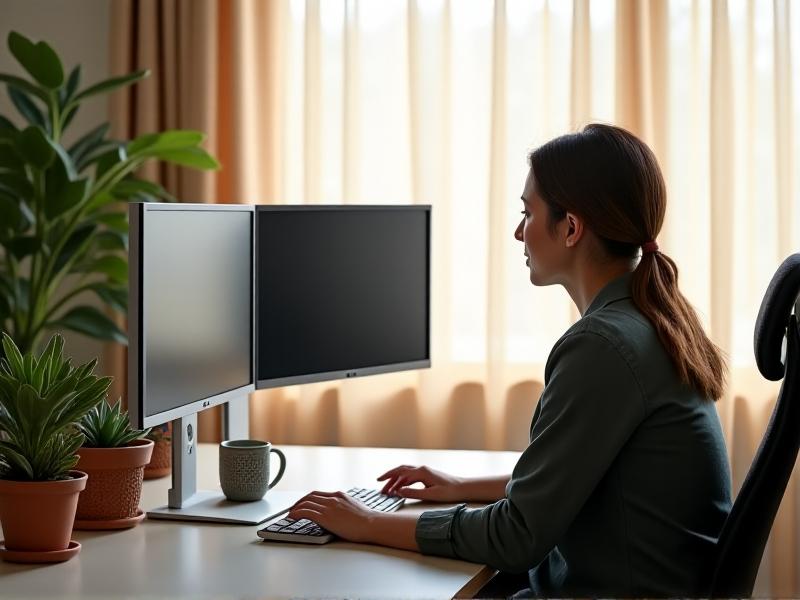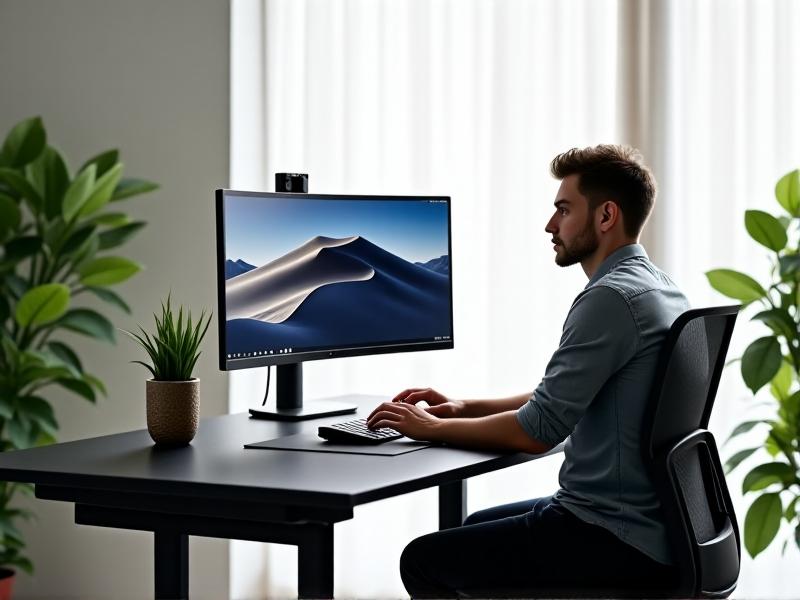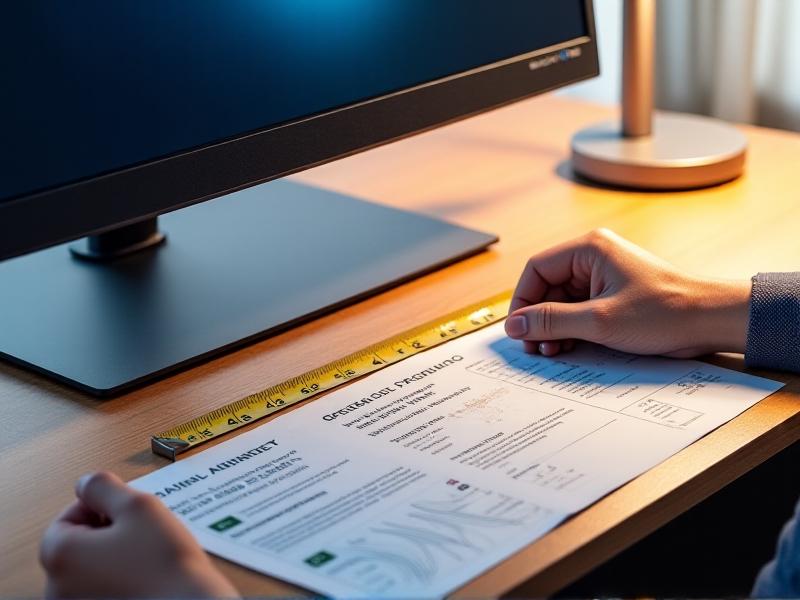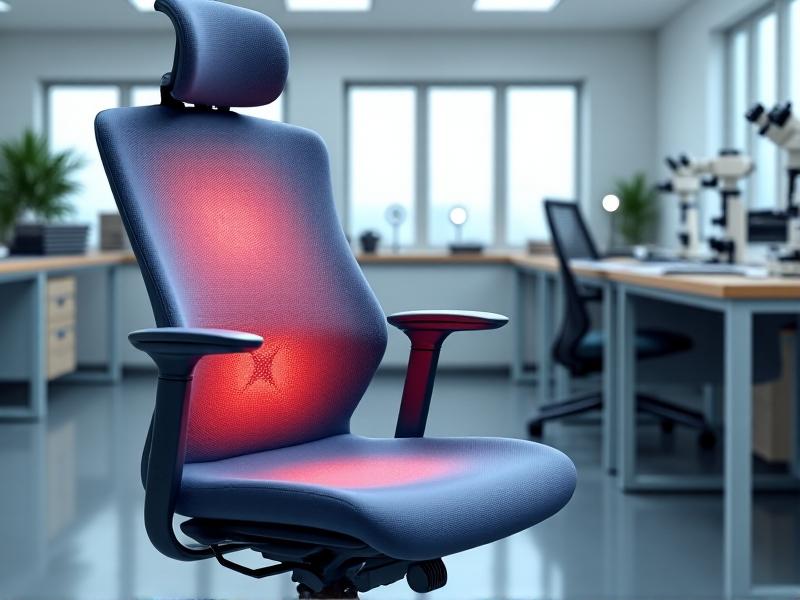Monitor Height Eye Strain Prevention
The Science Behind Monitor Height and Eye Strain
You’ve likely heard that screen time can strain your eyes, but did you know the physical placement of your monitor plays an equally critical role? When your screen is too high, too low, or angled incorrectly, your eyes and body compensate in ways that lead to fatigue, dryness, and even long-term discomfort. The ideal monitor height aligns with your natural gaze, reducing the need for excessive eye movement or muscle tension. Think of it like reading a book: holding it too close or too far forces your eyes to work harder. Similarly, a poorly positioned monitor disrupts the delicate balance of your visual system.

Research shows that tilting your head upward or downward by just 15 degrees can increase neck and shoulder tension, which indirectly strains the eyes by reducing blood flow. Your ciliary muscles—responsible for focusing—also fatigue faster when constantly adjusting to glare or improper viewing distances. By optimizing monitor height, you create a visual environment that supports sustained focus without overworking your eyes.
Ergonomic Principles for Optimal Screen Placement
Ergonomics isn’t just about chairs and keyboards—it’s about designing your workspace to harmonize with your body’s natural mechanics. Start by sitting comfortably in your chair with feet flat on the floor and shoulders relaxed. The top of your monitor should sit 2-3 inches below eye level, allowing you to view the screen’s center without tilting your head. This position ensures your eyes naturally scan downward, which is less fatiguing than looking upward. If you use a laptop, elevate it with a stand and pair it with an external keyboard to avoid hunching.

Distance matters too. Position your monitor about an arm’s length away (20-30 inches). Use the “high-five test”: if you can’t comfortably touch the screen with an outstretched arm, it’s too far. Conversely, sitting too close forces your eyes to converge unnaturally, leading to double vision or headaches. Pair these adjustments with an ergonomic chair that supports your lower back, as poor posture often exacerbates eye strain by limiting circulation.
How Incorrect Alignment Affects Eye Muscles
Your eyes aren’t designed to stare at fixed objects for hours. When your monitor forces an unnatural gaze angle, the extraocular muscles—responsible for eye movement—remain static for too long, causing stiffness and discomfort. Imagine holding a weight in one position: eventually, your muscles tire. Similarly, a screen placed too high forces your eyes to roll upward, straining the superior rectus muscles. A screen too low overworks the inferior rectus and obliques.

Chronic misalignment can also reduce blink rate by up to 60%, according to studies. Blinking spreads tear film, which prevents dryness and maintains clear vision. Fewer blinks mean drier eyes, irritation, and blurred vision—common complaints among office workers. Over time, this strain can contribute to computer vision syndrome (CVS), marked by persistent headaches, light sensitivity, and difficulty refocusing on distant objects.
Step-by-Step Guide to Adjusting Your Monitor
Begin by resetting your workspace. Remove clutter and ensure your desk allows for monitor adjustments. Use a riser, stack of books, or an adjustable stand to elevate your screen. Sit in your usual working position and close your eyes. When you open them, your gaze should land on the top third of the screen. Adjust the monitor’s tilt to eliminate glare from overhead lights or windows—matte screen filters can help if lighting isn’t controllable.

For dual monitors, position them in a slight V-shape with the primary screen directly ahead and the secondary angled inward. This reduces excessive head turning. Don’t forget to recalibrate if you switch between sitting and standing desks; your eye level changes with posture. Apps like F.lux can automate brightness adjustments based on time of day, further reducing strain.
Beyond Height: Complementary Eye Strain Solutions
While monitor height is pivotal, holistic eye care involves multiple strategies. Follow the 20-20-20 rule: every 20 minutes, focus on an object 20 feet away for 20 seconds. This relaxes the ciliary muscles. Increase ambient humidity with a desk humidifier to combat dry air from HVAC systems. Swap harsh overhead lights for warm, diffused lighting—position lamps perpendicular to your screen to avoid glare.
Consider blue light-blocking glasses if you work evenings, but don’t rely on them alone. Many devices now have night mode settings that reduce blue emission. Finally, schedule annual eye exams to update prescriptions, as uncorrected vision issues amplify digital strain.
Choosing the Right Equipment for Long-Term Health
Invest in tools that sustain ergonomic alignment. Monitor arms like the Ergotron LX offer height, tilt, and rotation adjustments, while sit-stand desks promote movement. Look for screens with flicker-free technology and adjustable brightness—IPS panels provide wider viewing angles, reducing color distortion when seated off-center. For laptop users, portable laptop stands paired with wireless peripherals create a desktop-like setup.
Your workspace is an ecosystem. Pair ergonomic hardware with mindful habits—stretch hourly, hydrate, and prioritize tasks requiring screen breaks. By integrating these principles, you’ll transform your workstation into a sanctuary for both productivity and well-being.







